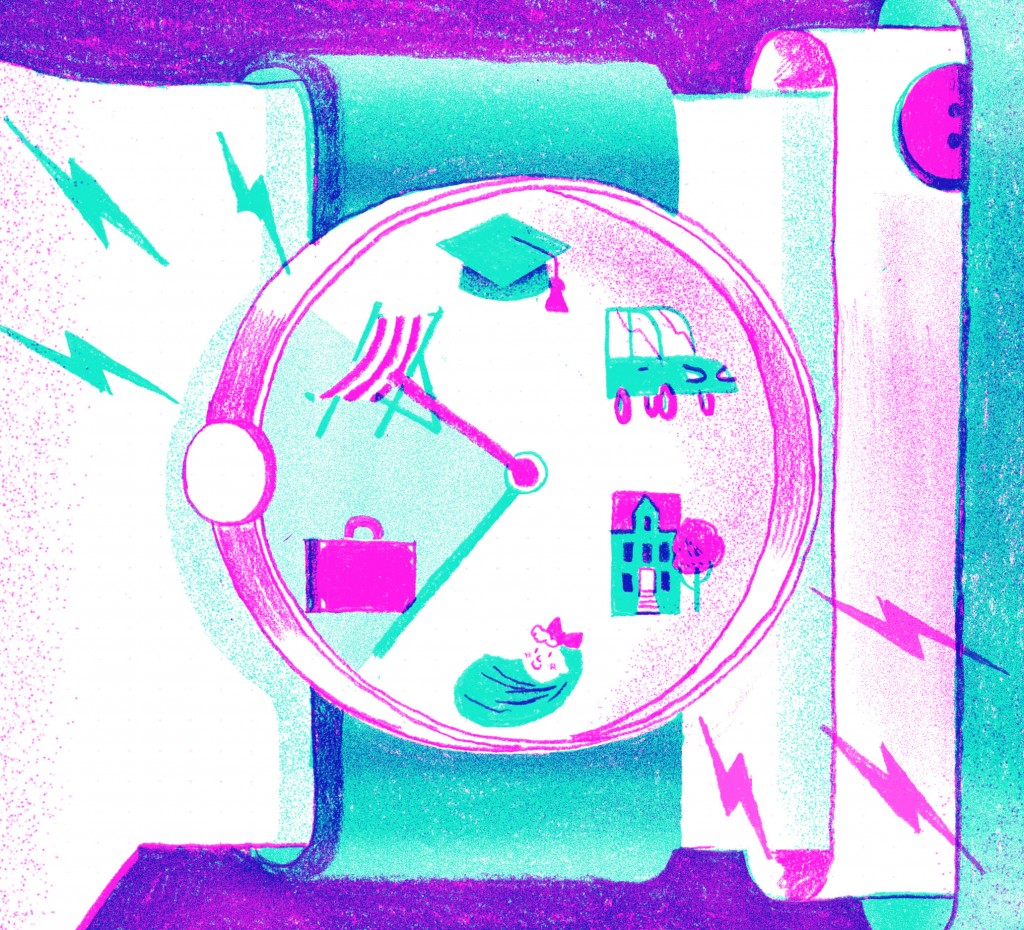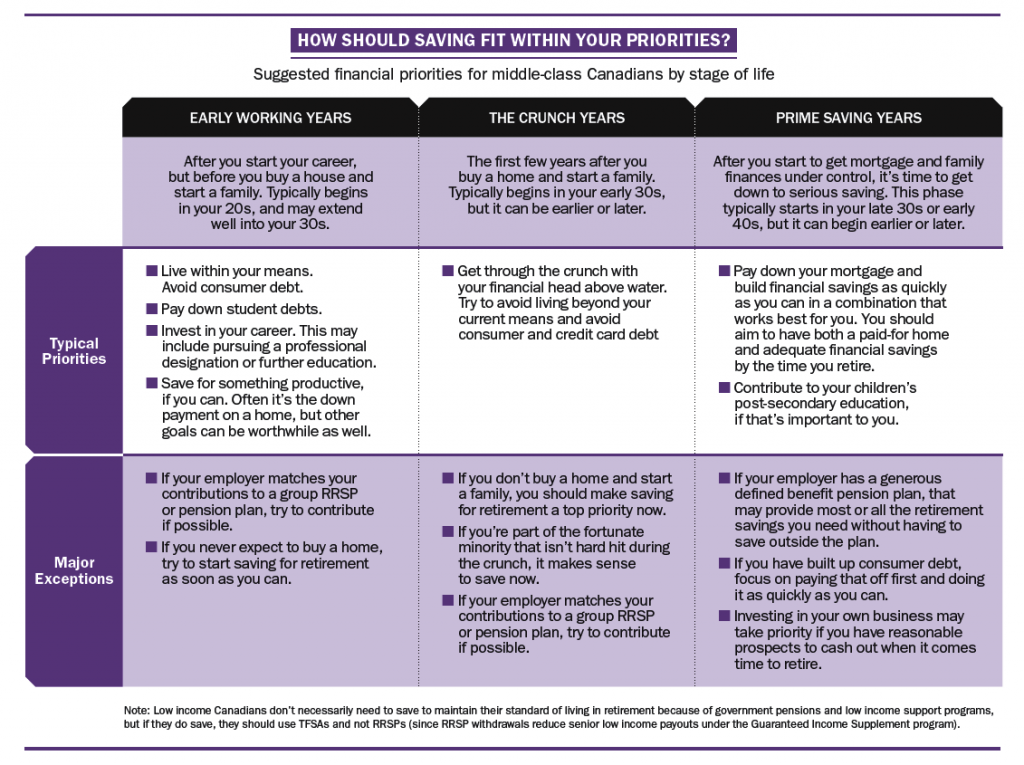The right time to save for retirement
Your stage of life should help determine when you save
Advertisement
Your stage of life should help determine when you save


Share this article Share on Facebook Share on Twitter Share on Linkedin Share on Reddit Share on Email